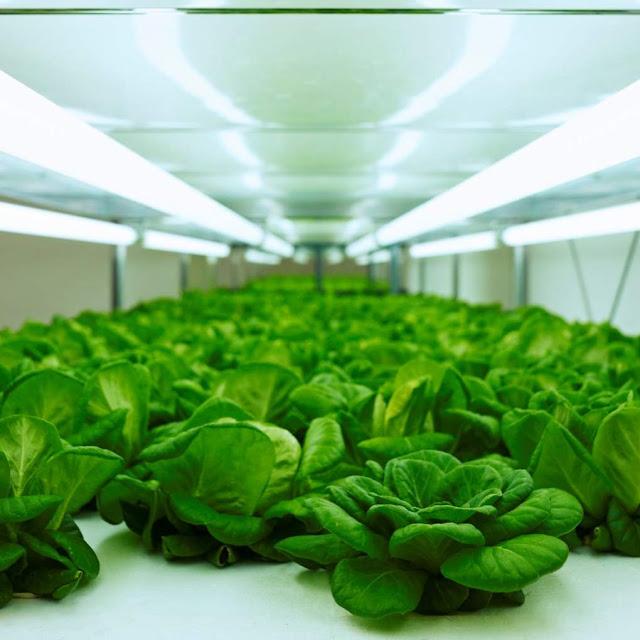Indoor Gardening Needs LED Grow Lights For Plants:
To create a beautiful home garden, people use LED lights for decorations. Not only for the decoration, but these LED lights show and reflect the positive vibes of your nature.
Before you start wrapping LED lights around your indoor plants, you have to understand that there are some ways to keep these LED-grow lights around your favorite plants.
Led grow lights for plants are rapidly becoming an essential component of indoor gardening. They can enable you to cultivate plants that were previously impossible to develop in your home. However, to get the most out of them, you will need to understand how to use them.
Before you point any light at your houseplants, whether an incandescent lamp or a full spectrum LED grow light, you will need to know how that light works and where it should be placed.
We will review everything you need to know to use Grow lights for plants that are kept inside successfully.
How to use Grow lights?
A specialized grow light fixture, such as one that uses fluorescent or LED lighting, is intended to accommodate particular light bulbs. It is essential to exercise caution when selecting a grow light because, even though these specialized grow lights are efficient, some do not emit the entire light spectrum.
Led grow lights for plants provide excellent coverage and, in many cases, come equipped with their built-in cooling system, making them ideal for extensive indoor gardens or houseplants of comparable sizes.
Additionally, there are traditional light fittings compatible with specialized grow light bulbs, which are utilized in the cultivation of plants. This enables you to use full spectrum bulbs or fluorescent bulbs in lamps or light fixtures that you already own and have in your home. This particular kind of grow light works exceptionally well for indoor gardens that aren't very large or for plants that don't need a lot of light.
What is the science behind growing lights?
Photosynthesis is the natural process by which plants grow and develop. Light is essential to photosynthesis.
Different types of light have different wavelengths; only specific wavelengths (visible as red, blue, and green light) are necessary for photosynthesis and plant growth.
These wavelengths are replicated by grow lights to promote plant growth. (We will briefly discuss the process's complications in the following section.)
When are Grow lights necessary?
Led grow lights for plants are utilized in this scenario as a supplement to or replacement for sunlight during the winter months or in environments that experience periods of limited light. This particular use case might be more significant for some types of crops.
It is nearly only possible to cultivate plants successfully with unique supplemental grow lighting and temperature management in the indoor setting that is so common in urban farming. For instance, plants like basil that require large amounts of sunlight and warmer temperatures are tough to cultivate successfully in an urban setting.
"Improved natural light" refers to the fact that, for much larger, more sophisticated urban farming and indoor growing operations, grow lights can be used to improve the process of light absorption, optimizing beyond the natural light that natural light would provide. "Natural light improvement" Beginners in urban farming need not worry too much about this circumstance for the time being.
Conclusion:
Led grow lights for plants are not only beautiful, but it also helps your plants to grow. So brighten your balcony with these LED lights.

.png)

Comments
Post a Comment